
How to Use US-10 Ultra sonic sensor: Examples, Pinouts, and Specs
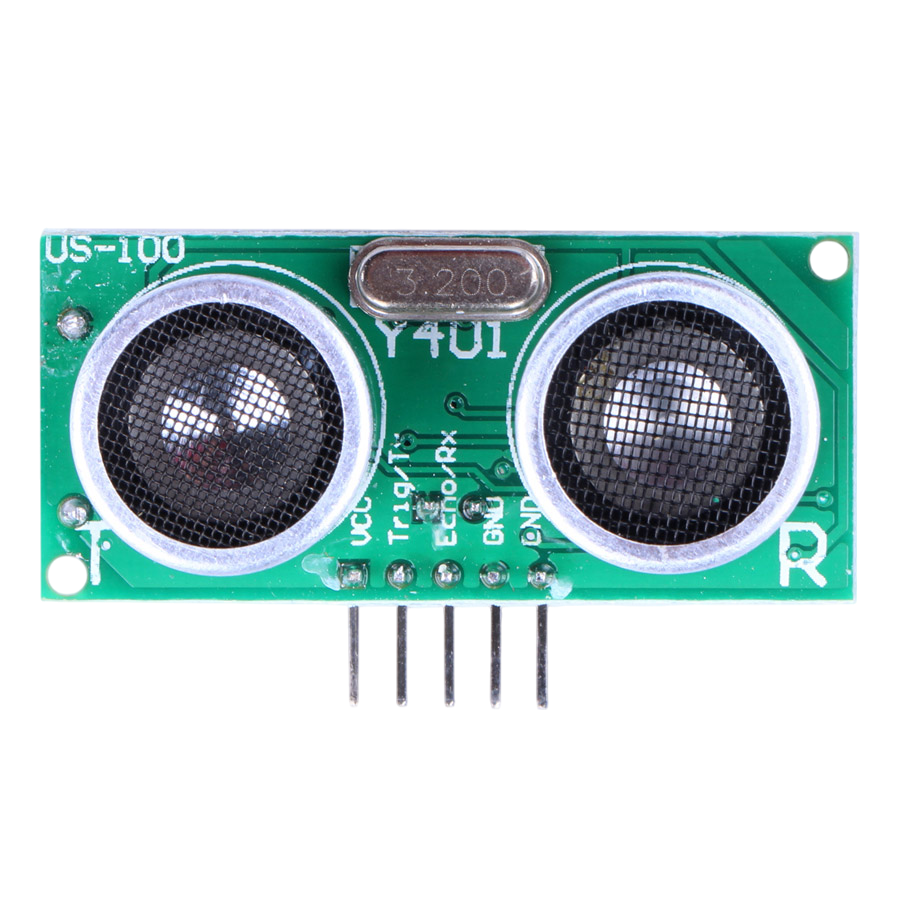
 Design with US-10 Ultra sonic sensor in Cirkit Designer
Design with US-10 Ultra sonic sensor in Cirkit DesignerIntroduction
The US-10 ultrasonic sensor is a device that uses ultrasonic waves to measure distance. It emits a sound wave and calculates the time it takes for the echo to return, allowing it to determine the distance to an object. This sensor is widely used in robotics, automation, and IoT applications for tasks such as obstacle detection, distance measurement, and object tracking. Its reliability, ease of use, and affordability make it a popular choice for both hobbyists and professionals.
Explore Projects Built with US-10 Ultra sonic sensor
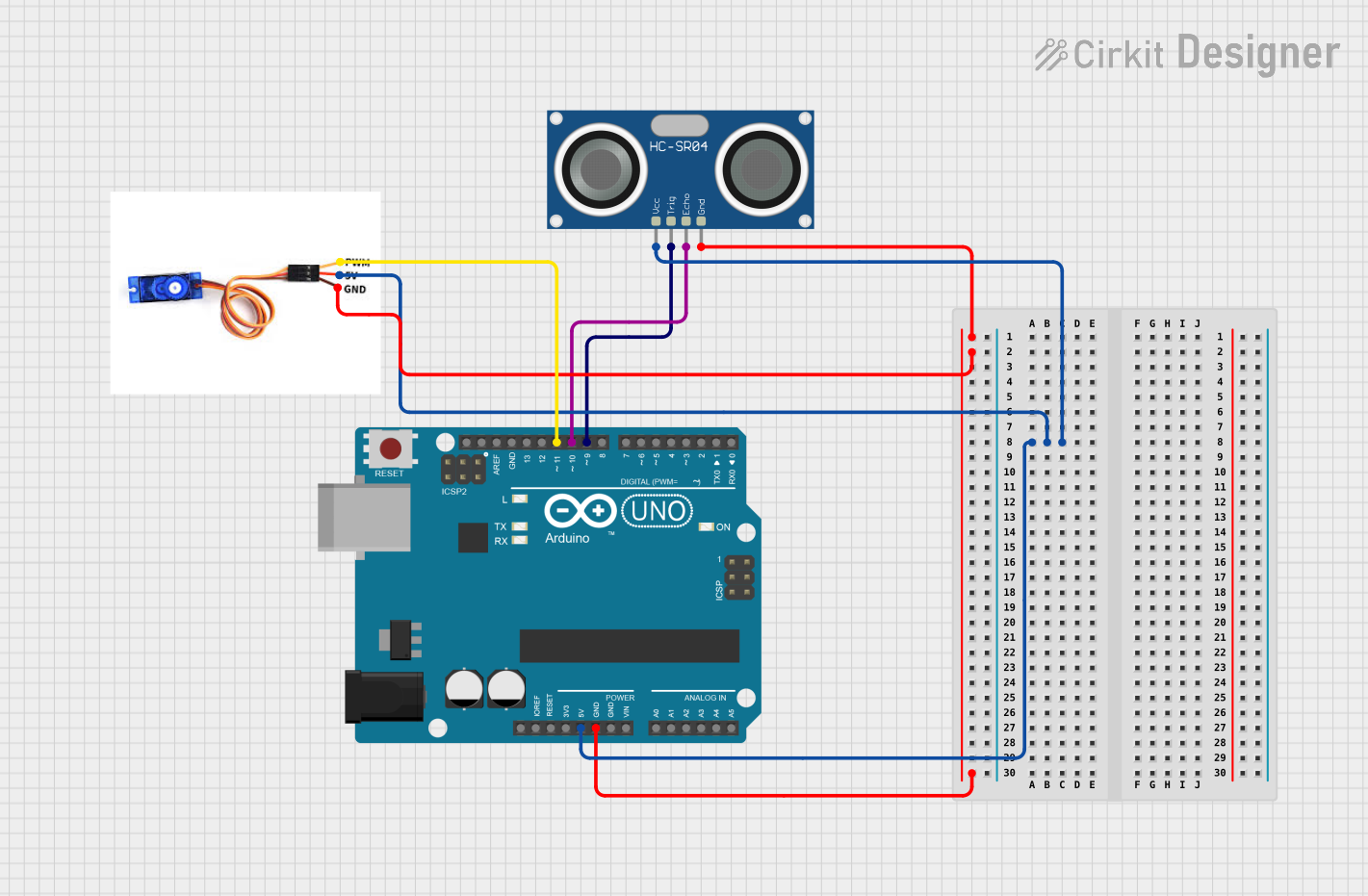
 Open Project in Cirkit Designer
Open Project in Cirkit Designer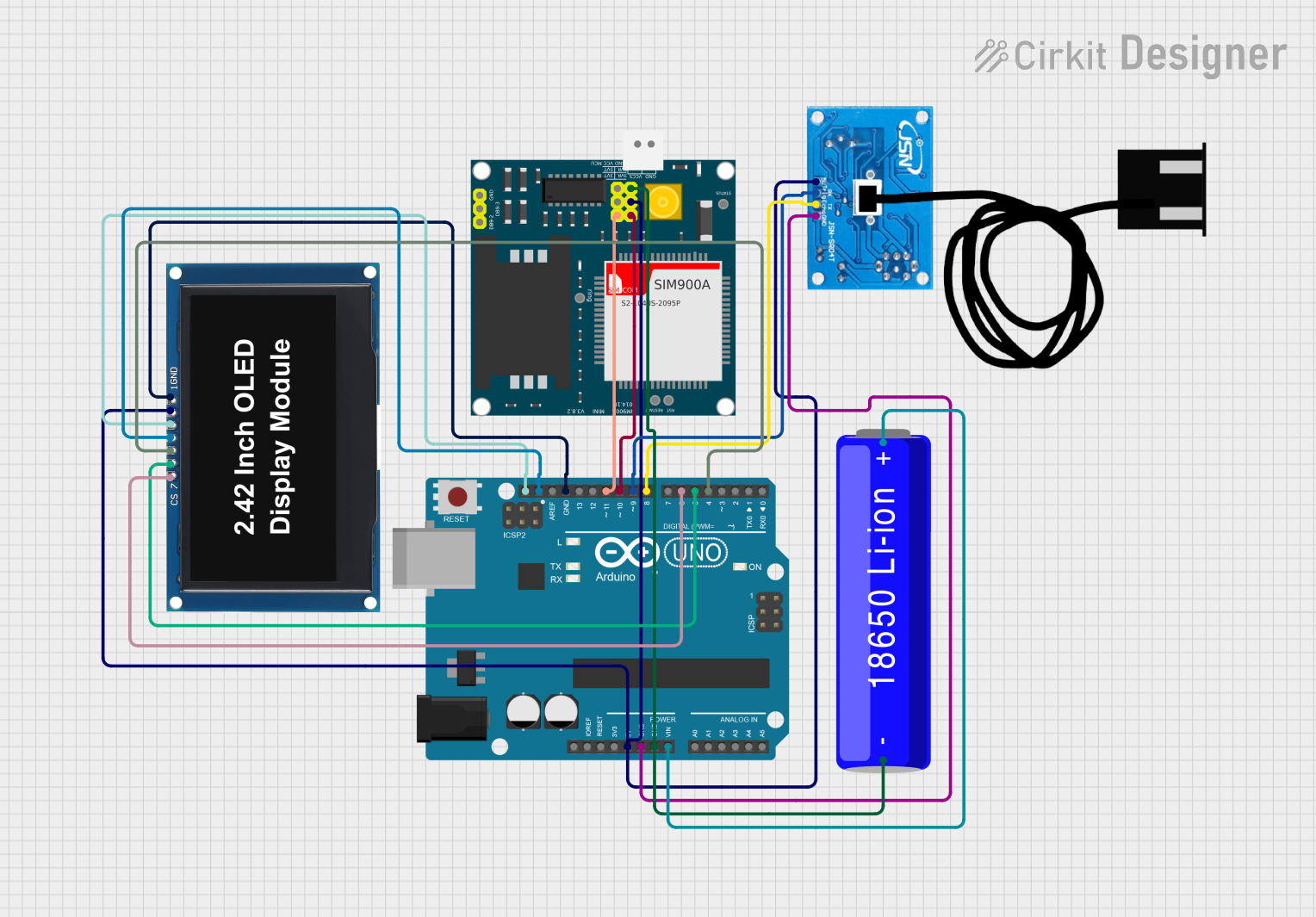
 Open Project in Cirkit Designer
Open Project in Cirkit Designer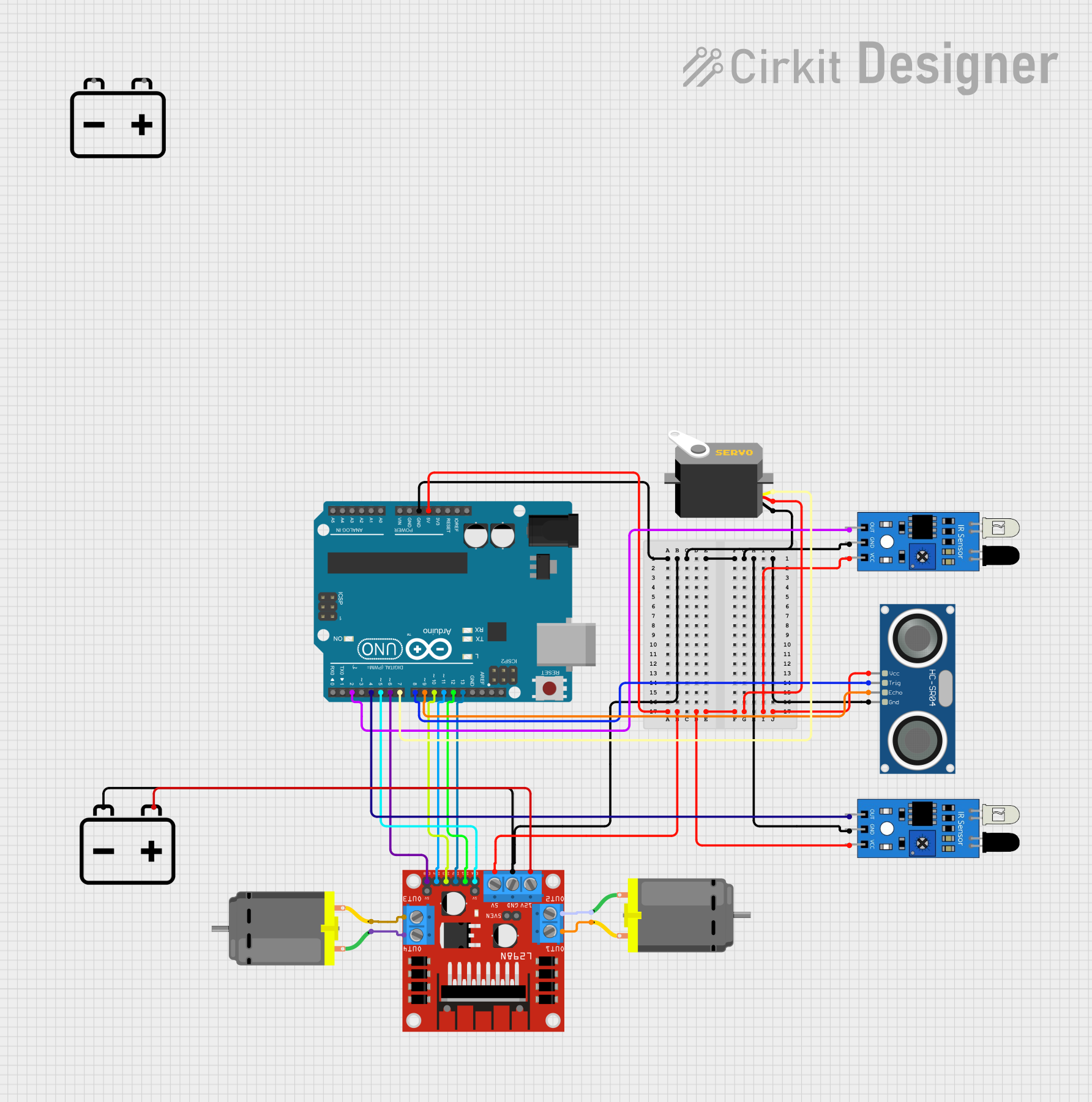
 Open Project in Cirkit Designer
Open Project in Cirkit Designer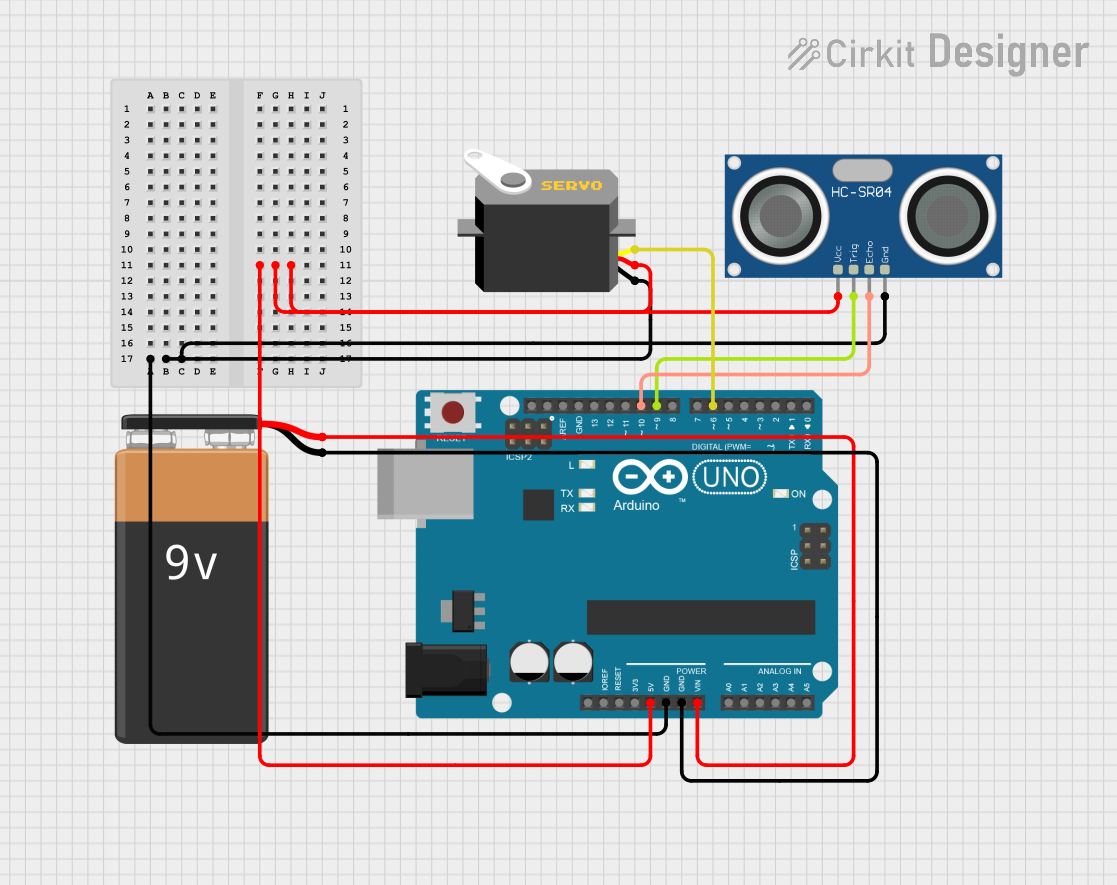
 Open Project in Cirkit Designer
Open Project in Cirkit DesignerExplore Projects Built with US-10 Ultra sonic sensor

 Open Project in Cirkit Designer
Open Project in Cirkit Designer
 Open Project in Cirkit Designer
Open Project in Cirkit Designer
 Open Project in Cirkit Designer
Open Project in Cirkit Designer
 Open Project in Cirkit Designer
Open Project in Cirkit DesignerCommon Applications
- Obstacle detection in robotics
- Distance measurement in automation systems
- Parking assistance systems
- Liquid level measurement
- Security and proximity sensing
Technical Specifications
The US-10 ultrasonic sensor operates by emitting ultrasonic waves at a frequency of 40 kHz and measuring the time it takes for the echo to return. Below are the key technical details:
| Parameter | Value |
|---|---|
| Operating Voltage | 5V DC |
| Operating Current | < 15 mA |
| Operating Frequency | 40 kHz |
| Measuring Range | 2 cm to 400 cm |
| Accuracy | ±3 mm |
| Trigger Input Signal | 10 µs TTL pulse |
| Echo Output Signal | TTL pulse proportional to distance |
| Dimensions | 45 mm x 20 mm x 15 mm |
Pin Configuration
The US-10 ultrasonic sensor has four pins, as described in the table below:
| Pin | Name | Description |
|---|---|---|
| 1 | VCC | Power supply pin (5V DC) |
| 2 | Trig | Trigger pin: Sends a 10 µs pulse to initiate measurement |
| 3 | Echo | Echo pin: Outputs a pulse width proportional to distance |
| 4 | GND | Ground pin |
Usage Instructions
How to Use the US-10 Ultrasonic Sensor in a Circuit
- Power the Sensor: Connect the VCC pin to a 5V power source and the GND pin to ground.
- Trigger the Sensor: Send a 10 µs HIGH pulse to the Trig pin to initiate a measurement.
- Read the Echo: Measure the duration of the HIGH pulse on the Echo pin. The duration is proportional to the distance of the object.
- Calculate Distance: Use the formula below to calculate the distance: [ \text{Distance (cm)} = \frac{\text{Pulse Duration (µs)}}{58} ] The factor 58 accounts for the speed of sound in air (343 m/s).
Important Considerations
- Ensure the sensor is mounted securely and aligned properly for accurate measurements.
- Avoid placing the sensor near ultrasonic noise sources, as this may interfere with readings.
- The sensor may not work reliably on soft or sound-absorbing surfaces (e.g., fabric or foam).
- Use a pull-down resistor on the Echo pin if the signal is unstable.
Example Code for Arduino UNO
Below is an example of how to use the US-10 ultrasonic sensor with an Arduino UNO:
// Define pins for the US-10 ultrasonic sensor
const int trigPin = 9; // Trigger pin connected to digital pin 9
const int echoPin = 10; // Echo pin connected to digital pin 10
void setup() {
// Initialize serial communication for debugging
Serial.begin(9600);
// Set pin modes for the sensor
pinMode(trigPin, OUTPUT);
pinMode(echoPin, INPUT);
}
void loop() {
// Send a 10 µs HIGH pulse to the Trig pin
digitalWrite(trigPin, LOW);
delayMicroseconds(2);
digitalWrite(trigPin, HIGH);
delayMicroseconds(10);
digitalWrite(trigPin, LOW);
// Measure the duration of the HIGH pulse on the Echo pin
long duration = pulseIn(echoPin, HIGH);
// Calculate the distance in centimeters
float distance = duration / 58.0;
// Print the distance to the Serial Monitor
Serial.print("Distance: ");
Serial.print(distance);
Serial.println(" cm");
// Wait before taking the next measurement
delay(500);
}
Best Practices
- Use short, shielded wires to minimize noise and signal loss.
- Add a capacitor (e.g., 10 µF) across the VCC and GND pins to stabilize the power supply.
- Test the sensor in a controlled environment before deploying it in a real-world application.
Troubleshooting and FAQs
Common Issues and Solutions
No Output from the Echo Pin
- Cause: The Trig pin is not receiving a proper HIGH pulse.
- Solution: Verify the Trig pin connection and ensure the pulse duration is exactly 10 µs.
Inaccurate Distance Measurements
- Cause: The sensor is misaligned or the target surface is not reflective.
- Solution: Align the sensor properly and test with a flat, hard surface.
Unstable Readings
- Cause: Electrical noise or insufficient power supply.
- Solution: Use a decoupling capacitor and ensure a stable 5V power source.
Sensor Not Working at All
- Cause: Incorrect wiring or damaged sensor.
- Solution: Double-check the wiring and test the sensor with a multimeter.
FAQs
Q: Can the US-10 sensor detect transparent objects?
A: The sensor may struggle with transparent or sound-absorbing materials. Use alternative sensors like infrared for such cases.
Q: What is the maximum range of the US-10 sensor?
A: The maximum range is 400 cm, but accuracy decreases at longer distances.
Q: Can I use the US-10 sensor with a 3.3V microcontroller?
A: The US-10 requires 5V for operation. Use a level shifter to interface with 3.3V systems.
Q: How do I improve measurement accuracy?
A: Use averaging by taking multiple readings and calculating the mean value.
This concludes the documentation for the US-10 ultrasonic sensor.